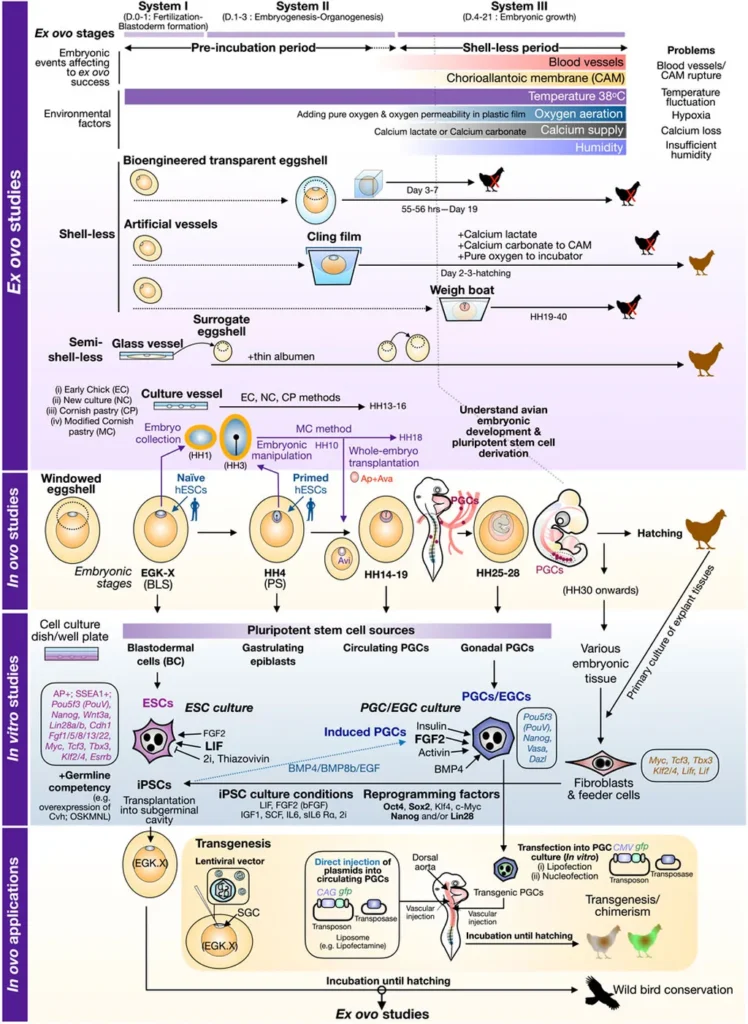In a significant stride towards advancing avian genetic modifications, researchers have developed a practical method for the stable isolation and cultivation of chicken gonadal primordial germ cells (PGCs). This breakthrough, published in *Animal Bioscience*, could revolutionize the agricultural sector by facilitating the production of genetically modified (GM) chickens with enhanced traits.
The study, led by Hyeon Yang from the Animal Biotechnology Division at the National Institute of Animal Science in Korea, addresses a longstanding challenge in the field: the efficient and reliable isolation and cultivation of PGCs. These cells are crucial for producing GM chickens, as they give rise to gametes and can transmit genetic modifications to offspring.
The researchers employed a streamlined approach, isolating PGCs from embryonic gonads using trypsin and exploiting differential adhesion properties. “By allowing fibroblasts to attach while PGCs remained suspended, we could efficiently isolate the PGCs,” Yang explained. The isolated PGCs were then cultivated using mitotically inactivated SIM mouse embryo-derived thioguanine-resistant (STO) feeder cells under optimized culture conditions.
The results were promising. The PGCs proliferated robustly, reaching over 100,000 cells within one month. Characterization assays confirmed the expression of PGC-specific markers, including SSEA-1 and DAZL, along with pluripotency-related genes such as OCT4 and NANOG. Moreover, the injected PGCs successfully migrated to recipient embryonic gonads, as confirmed by fluorescence analysis and PCR.
This research has significant implications for the agriculture sector. The ability to efficiently isolate and cultivate PGCs could accelerate the production of GM chickens with desirable traits, such as disease resistance, improved growth rates, and enhanced egg production. This could lead to more sustainable and productive poultry farming, benefiting both farmers and consumers.
The use of STO feeder cells in this study is particularly noteworthy. As Yang noted, “Our study highlights the effectiveness of the STO feeder-based culture system in avian germ cell research.” This could pave the way for further advancements in the field, including the development of more efficient and reliable methods for producing GM chickens.
In conclusion, this research represents a significant step forward in the field of avian genetic modifications. By providing a practical approach for the stable isolation and cultivation of chicken gonadal PGCs, it opens up new possibilities for the production of GM chickens and the advancement of the agriculture sector.

